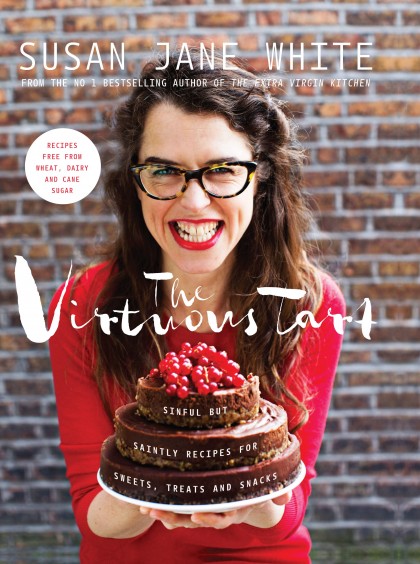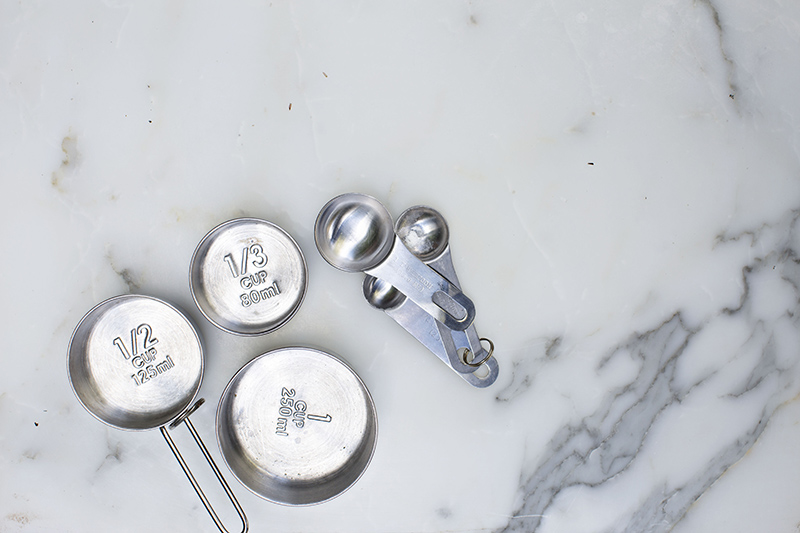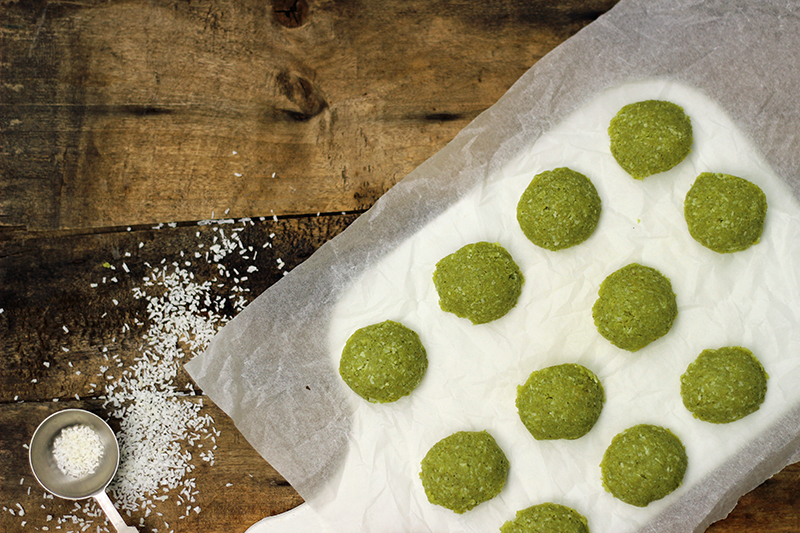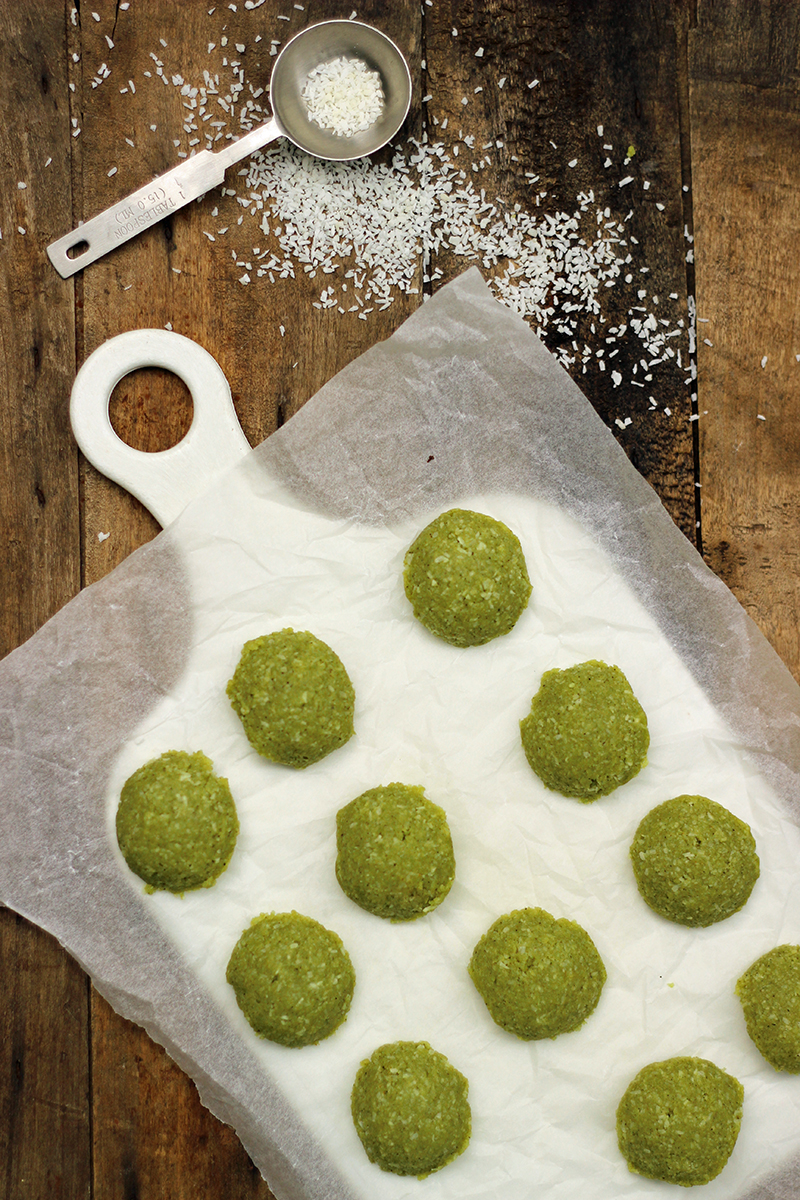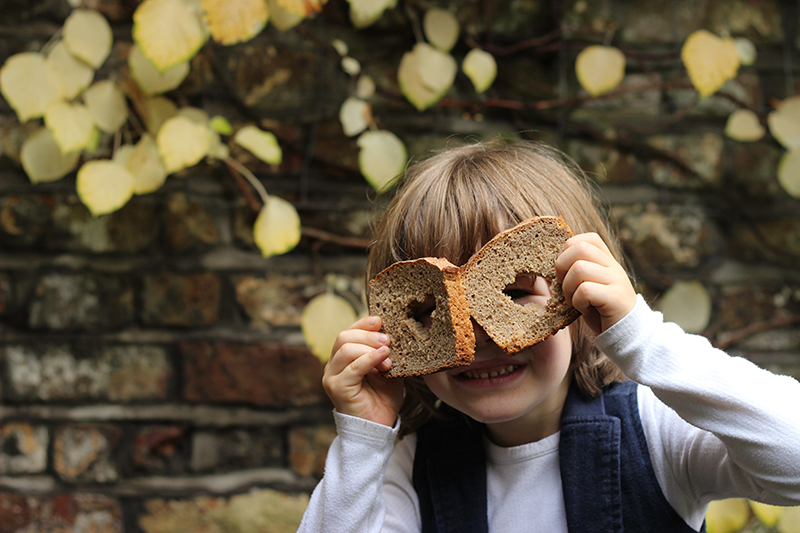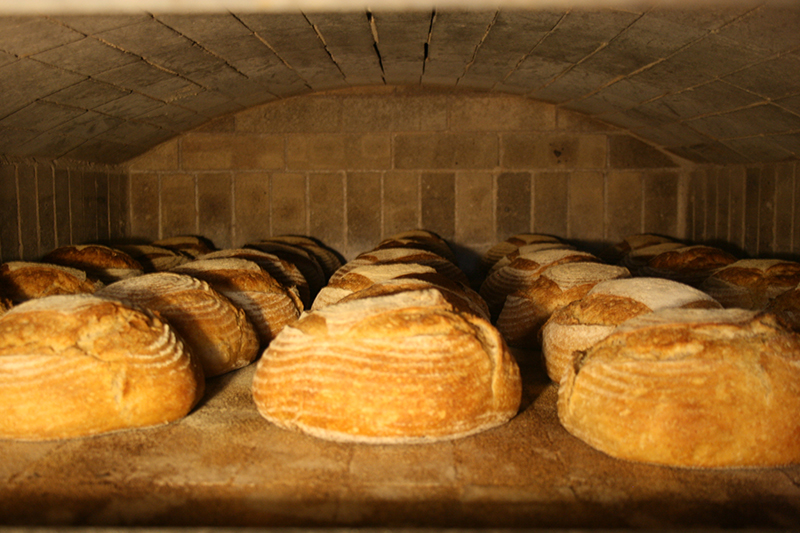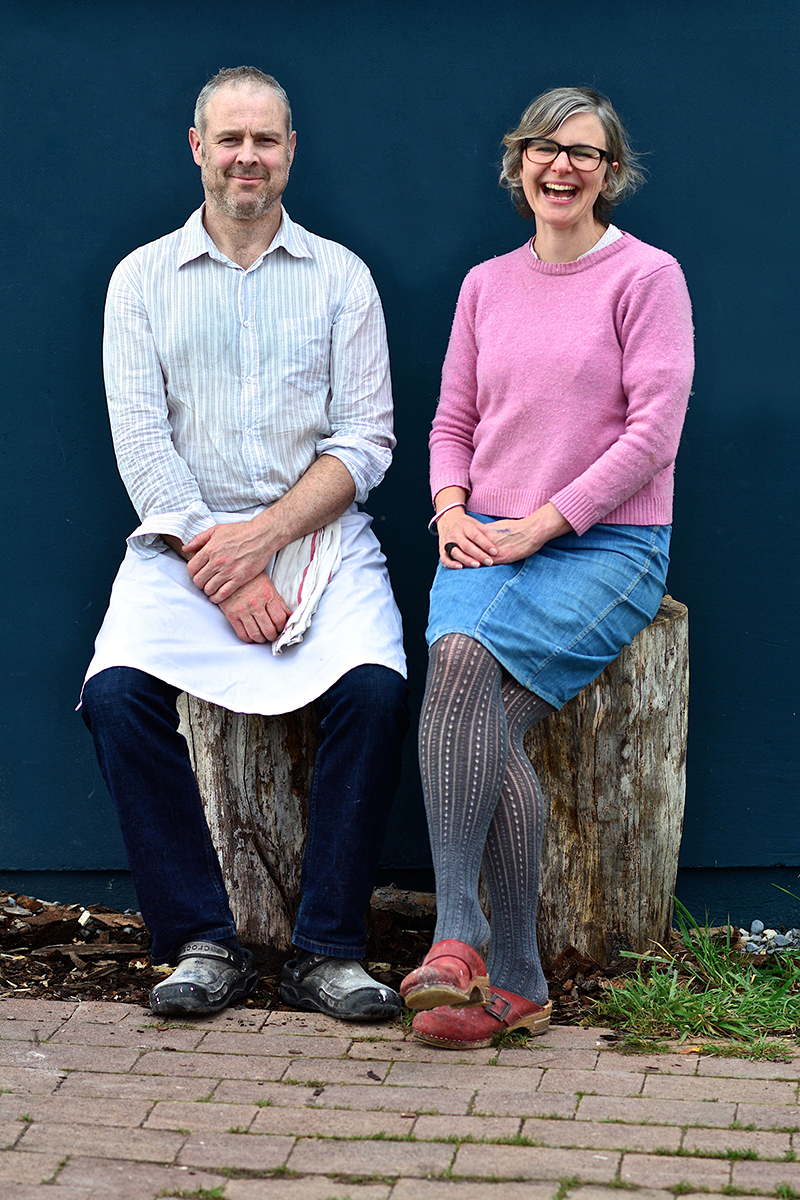1 CUP = ? g
I always get asked for conversions from cups to grams. So here you go! Ask, and you shall receive (4 years later admittedly, but I’ve been busy keeping mini humans alive).
Please note that these are officially the measurements for British / NZ / Ozzie cups. American cup size is slightly (13ml) smaller which might be worth keeping in mind if your recipe is from the US.
NUTS / SEEDS
Almonds 140g
Almonds, gr 100g
Brazil nuts 140g
Cashews 135g
Chia, milled 90g
Chia, whole 170g
Flax, milled 110g
Flax 155g
Hazelnuts 135g
Macadamia 140g
Milled seeds 120g
Pecans 110g
Pistachios 135g
Pine nuts 140g
Pumpkin seeds 135g
Sunflower seeds 140g
Sesame 140g
Walnuts 120g
Nut butter 270g (1/2 cup = 140g)
FLOUR / FLAKES
Brown rice flour 130g
Buckwheat flour 140g
Cocoa / Cacao 100g
Chestnut flour 100g
Chickpea flour 110g
Coconut flour 130g
Millet, flakes 115g
Millet, flour 130g
Oats 90g
Polenta, fine 135g
Potato flour 160g
Quinoa flakes 100g
Quinoa flour 120g
Rye flour 140g
Sorghum flour 110g
Spelt, flour 120g
Soya flour 95g
Teff flour 145g
SWEETNESS
Coconut sugar 140g
Dates, pitted 140g
Dates, Medjools 150g
Jaggery 130g
Prunes 180g
Raisins 150g (115g = ¾)
Stevia erylite 200g
Xylitol 200g
OTHER
Frozen peas 140g
Leeks, chopped 100g
Butternut, chopped 150g
Sw Potato, chopped 150g
Carrot, grated 70g
Potato, mashed 200g
Pineapple, chopped 150g
Banana, mashed 250g
Banana, dried 115g
Banana, chips 70g
Desiccated coconut 80g
Strawberries 165g
Cherries, dried 100g
Goji berries 100g
Amaranth 200g
Buckwheat, grain 200g
Quinoa 200g
Lentils, puy 210g
Lentils, red 190g
Dried chickpeas 200g
Butterbeans 170g
Red kidney beans 180g
Cacao nibs 130g
Nutritional yeast 40g
Sea veg, mixed 40g
LIQUID
2/3 cup = 165ml
1/3 cup = 80ml
¾ cup = 190ml
¼ cup = 60ml
1/2 cup = 125ml
Hit “BOOM” at the top left corner, with your email address my friend, to receive monthly recipes direct to your inbox.

